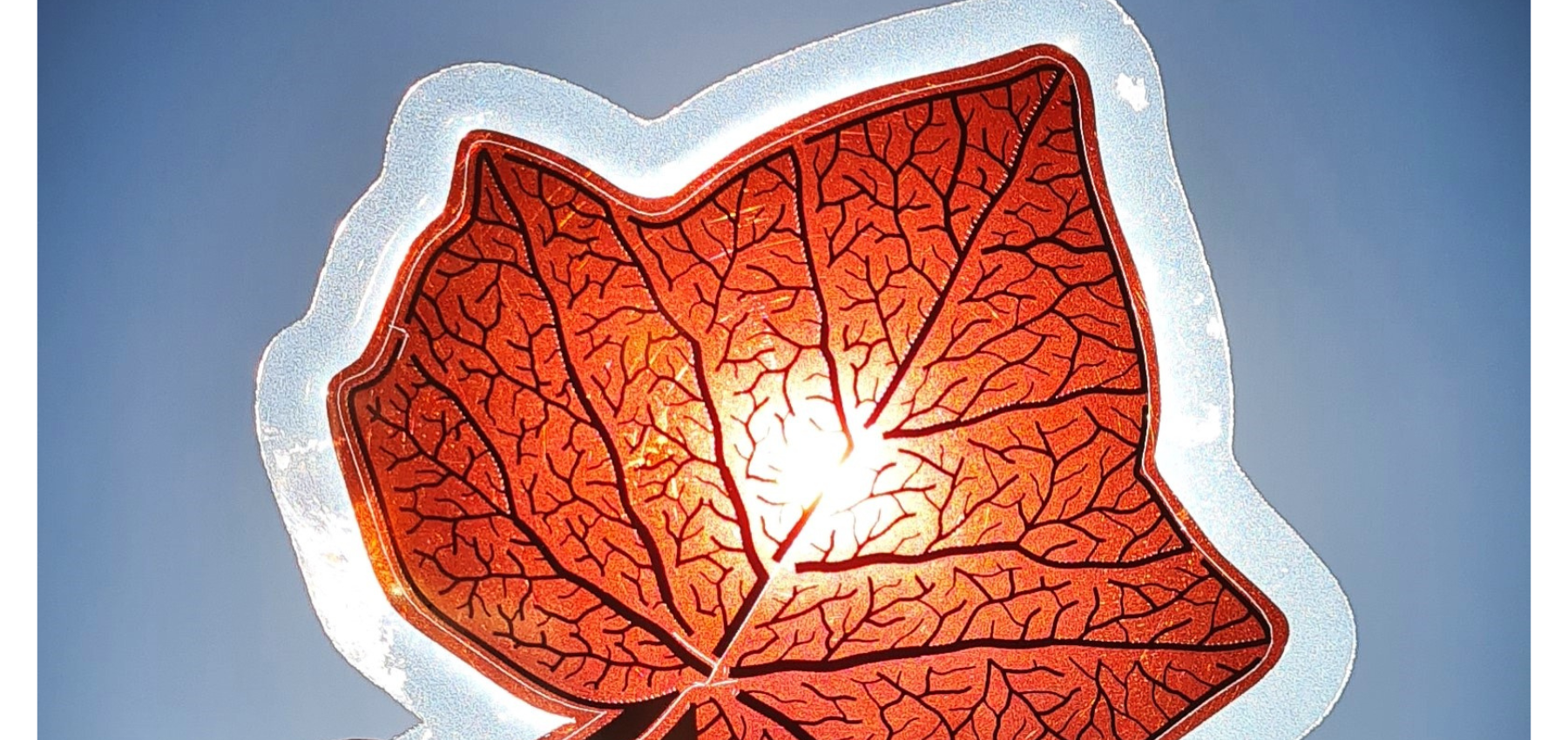Organic solar cells have a lot of potential for sustainable energy applications. However, photovoltaic modules consisting of organic semiconductors do not retain their efficiency under sunlight long enough for real-world applications.

Working organic photovoltaic device. Image Credit: Dr. Alex Gillet.
Researchers have discovered an essential reason organic solar cells degrade so quickly. This new understanding will push the development of more stable materials for organic semiconductor-based photovoltaics, enabling low-cost and renewable electricity production.
Because of recent increases in the efficiency with which organic (carbon-based) semiconductor solar cells can convert sunlight into energy, enhancing the long-term stability of these photovoltaic systems is becoming an increasingly relevant problem.
Real-world uses of the technology necessitate sustaining the photovoltaic device’s efficiency for several years. To solve this pressing problem, researchers investigated the degradation mechanisms of the two materials utilized in the light-absorbing layer of organic solar cells: “electron donor” and “electron acceptor” materials.
These two components are required to separate the bound electron-hole pair generated following photon absorption into the free electrons and holes that comprise electrical current.
In this research, an international team of scientists headed by the Cavendish Laboratory at the University of Cambridge evaluated the degradation paths of electron donor and electron acceptor materials for the first time. The study was published in Joule.
The extensive examination of the electron donor material distinguishes the current research work from earlier investigations and provides significant new insights for the field. The discovery of an ultrafast deactivation mechanism peculiar to the electron donor material, in particular, has never been observed before and provides a novel perspective on material degradation in organic solar cells.
The Cavendish researchers collaborated with experts from the United Kingdom, Belgium, and Italy to better understand how these materials degraded. They coupled photovoltaic device stability investigations, in which the working solar cell is exposed to bright light similar to sunlight, with ultrafast laser spectroscopy performed in Cambridge.
They were able to recognize a new degradation mechanism in the electron donor material involving twisting in the polymer chain using this laser approach.
As a result, when the twisted polymer absorbs a photon, it experiences an exceedingly fast deactivation route on femtosecond timescales (a millionth billionth of a second). This unwanted process is rapid enough to outcompete the formation of free electrons and holes from a photon, which the researchers could associate with the organic solar cell's reduced performance after exposure to simulated sunlight.
It was interesting to find that something as seemingly minor as the twisting of a polymer chain could have such a large effect on the solar cell efficiency. In the future, we plan to build on our findings by collaborating with chemistry groups to design new electron donor materials with more rigid polymer backbones. We hope that this will reduce the propensity of the polymer to twist and thus improve the stability of the organic solar cell device.
Dr Alex Gillett, Study Lead Author, University of Cambridge
Due to their unique features, organic solar cells can be employed in various applications where typical silicon photovoltaics are ineffective. This could include photovoltaics that can be rolled up for convenient transportation and mobile electricity generation, or electricity-generating windows for greenhouses that transmit the colors of light essential for photosynthesis.
The current research directly advances the future generation of photovoltaic materials and applications by pinpointing the degradation mechanism that must be overcome.
Journal Reference
Wang, Y., et al. (2023) The critical role of the donor polymer in the stability of high-performance non-fullerene acceptor organic solar cells. Joule. doi.org/10.1016/j.joule.2023.03.002.